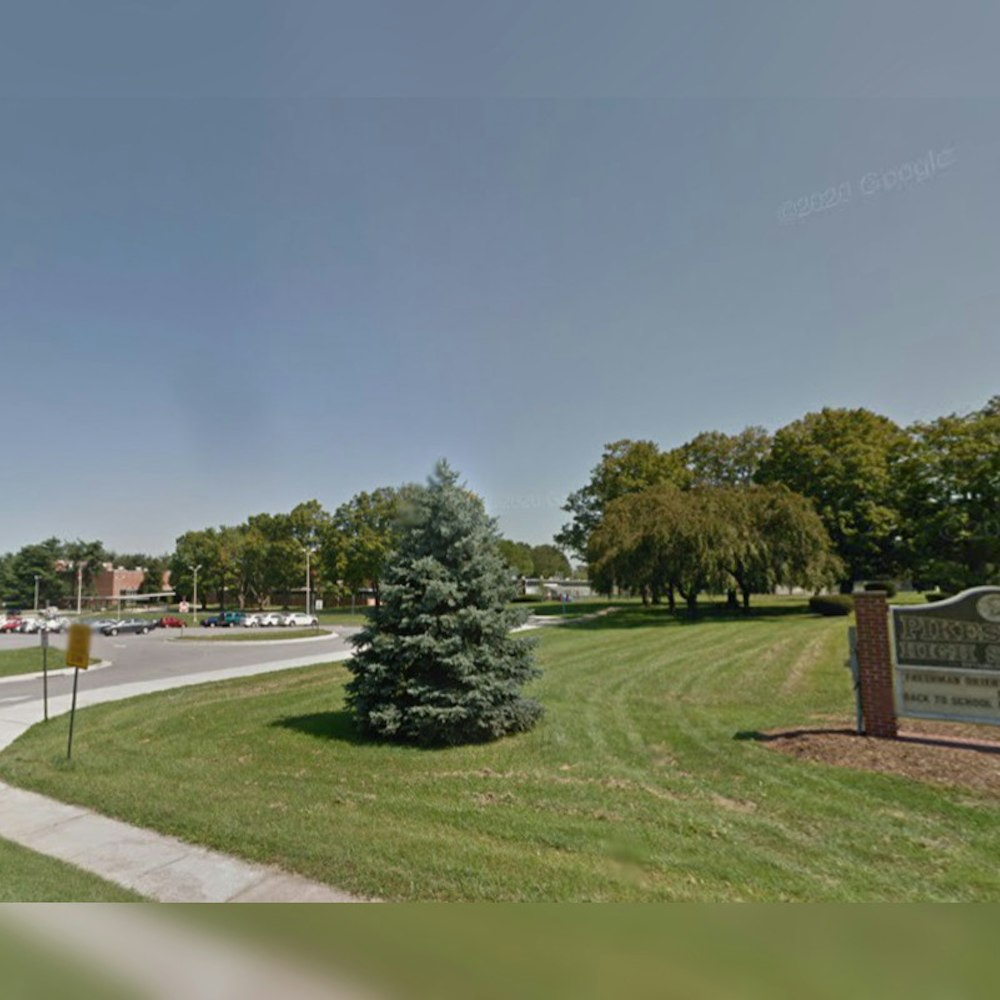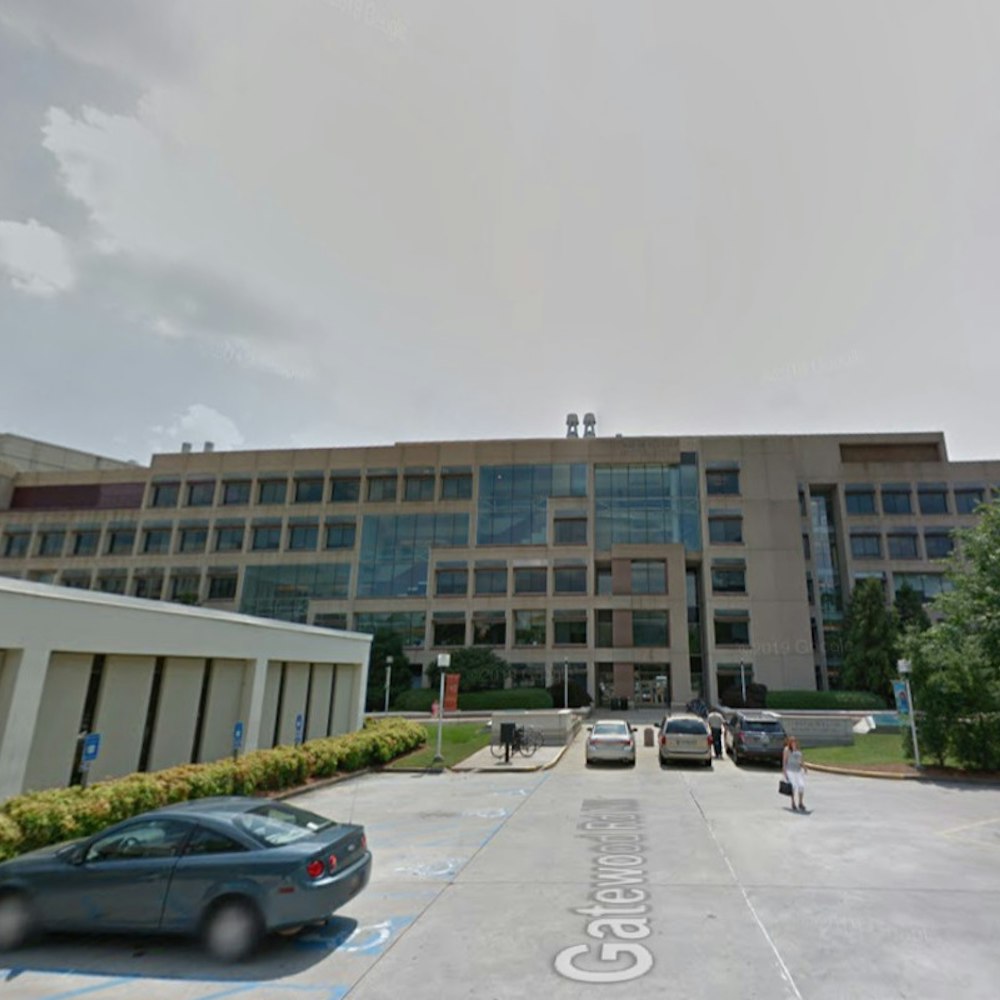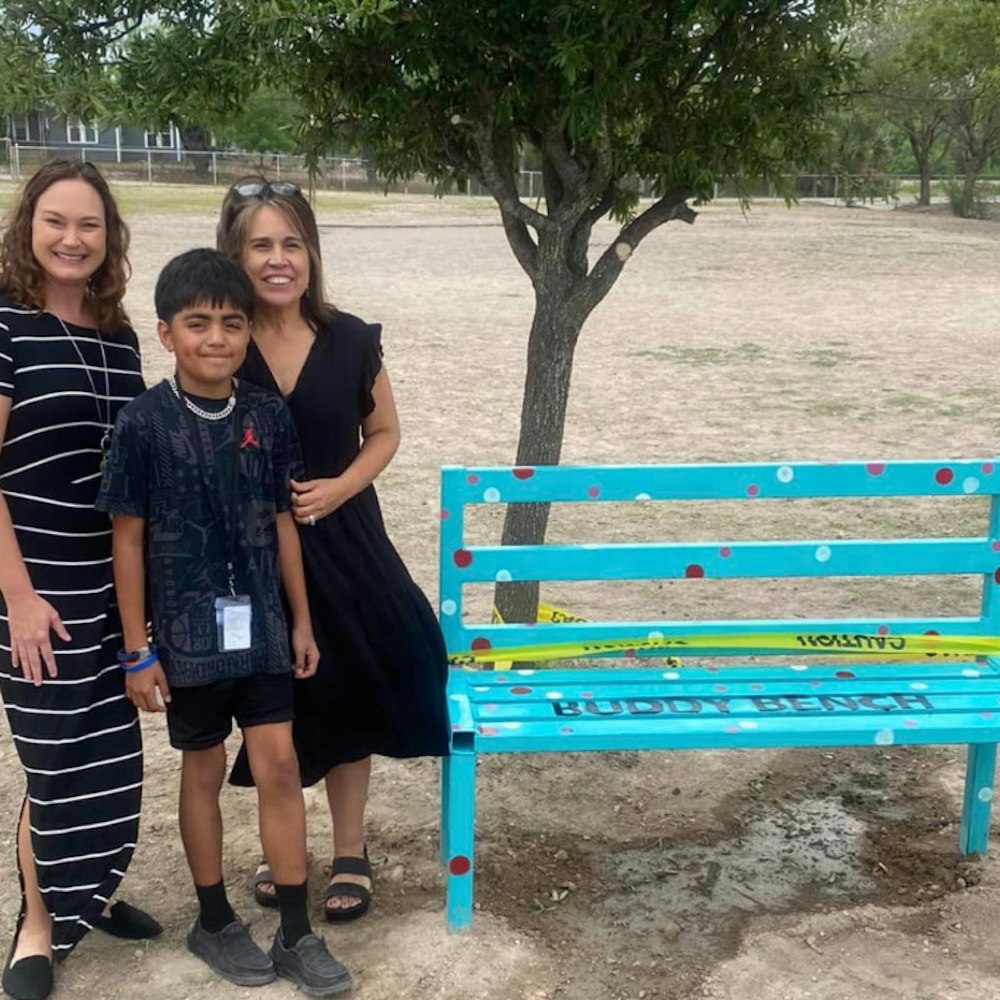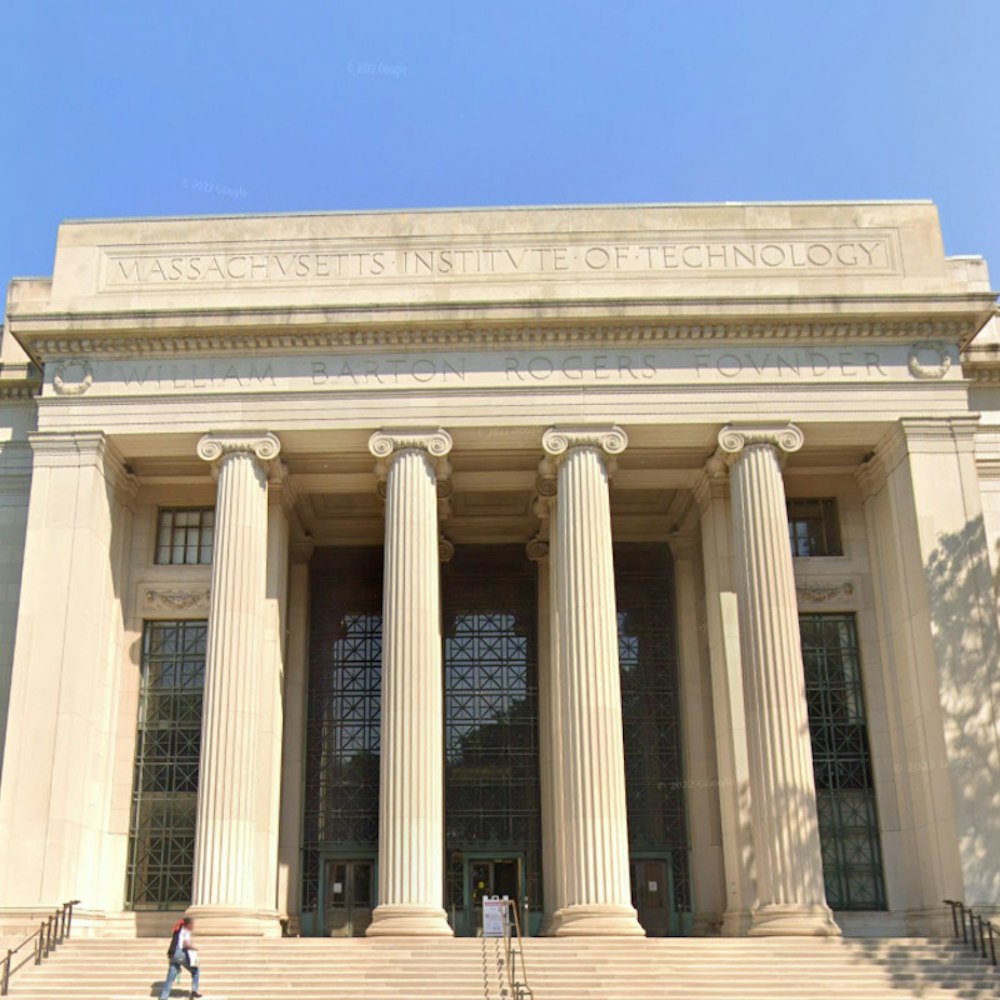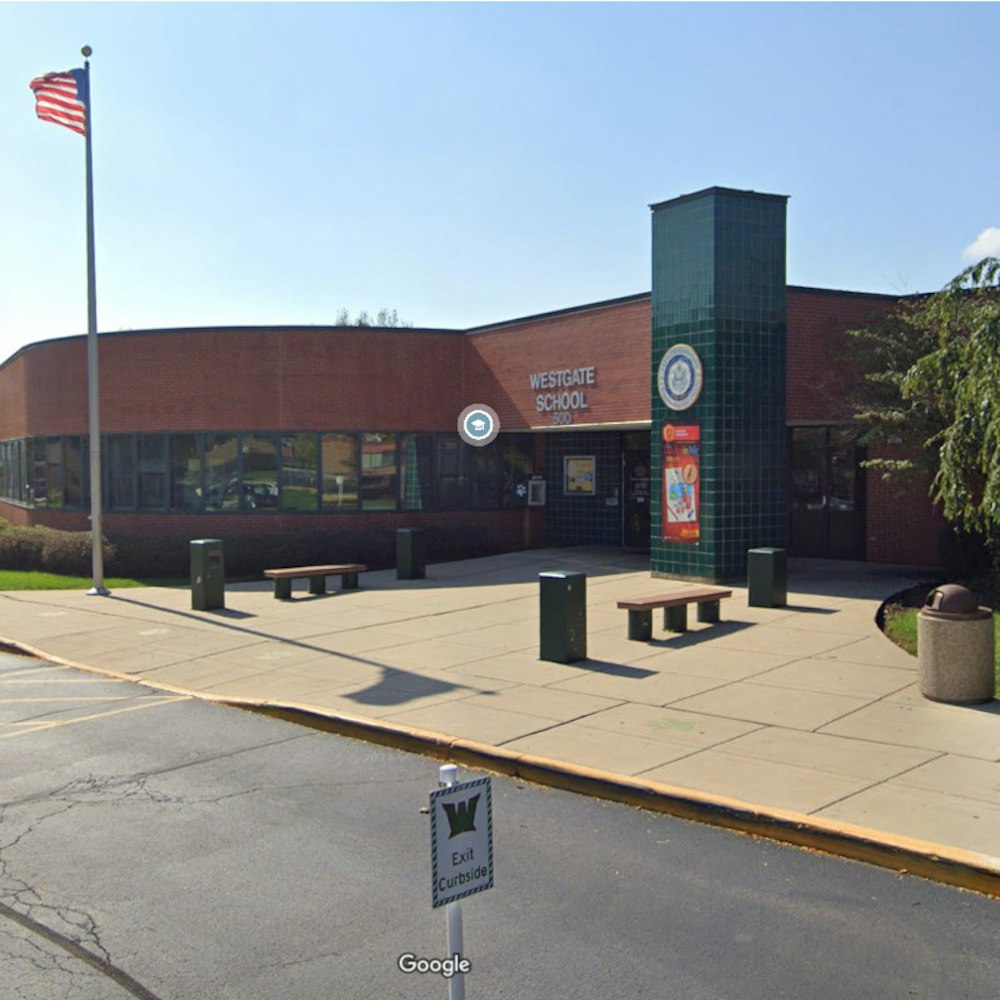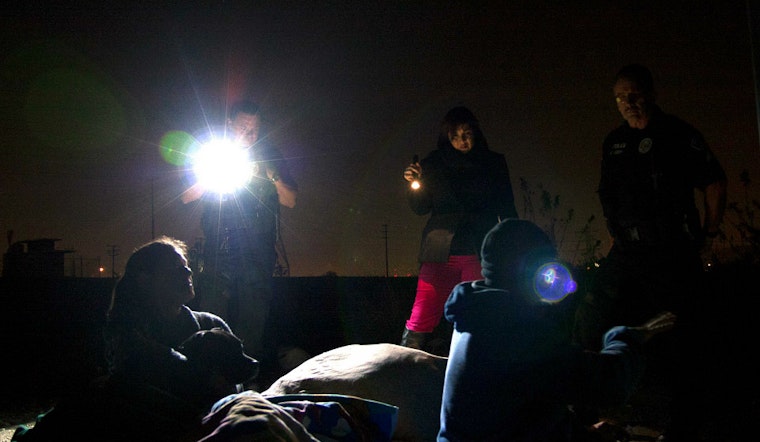
[Editor's Note: Hoodline is participating in this week's SF Homeless Project, in which more than 80 area publications are each covering homelessness issues in their own ways.
While we already write about these issues often, we hope that our stories will add more neighborhood context to this very complicated topic, and to the great work being published elsewhere. You can read more about the project here.]
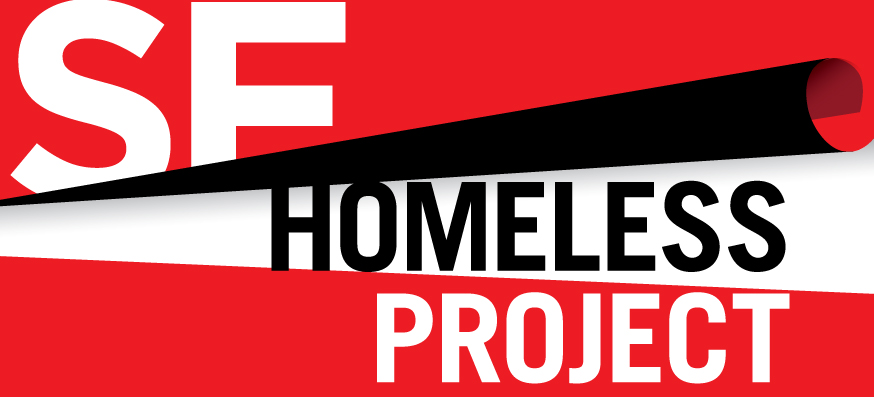
Camilla Bolland can spot a homeless individual on the street with relative ease.
“With modern fashions, it’s sometimes easy to mistake a housed person for a homeless person,” she laughed. “You have to know what signs to look for.”
Bolland has learned these “signs” through her work with Larkin Street Youth Service’s outreach team, going around the city and finding homeless youth.
In 2013 and 2015, she also put her skills to use by helping out with the city's homeless count.
On the night of January 26th, Bolland, along with hundreds of city employees, social service workers, and community volunteers, will once again take to the streets for San Francisco’s 2017 Point-In-Time Homeless Count and Survey.
The biennial count, which is part of a larger effort mandated by the Federal Department of Housing and Development, will attempt to both enumerate the city’s homeless population—sheltered and unsheltered—and collect biographical information from those identified.
The count serves as the primary source of data on homeless persons in San Francisco. But its methodological shortcomings stand to produce an underestimation of the city’s homeless population in 2017.
Comparing Apples To Apples
When asked whether any changes to the Point-In-Time Count’s methodology will be implemented in 2017, to address a potential underestimation of the city’s homeless population, Jeff Kositsky, director of the Department of Homelessness and Supportive Housing, confirmed that there would be no changes.
In an email, Kositsky wrote that the count is “a good apples to apples comparison with ourselves and with other counties over time.”
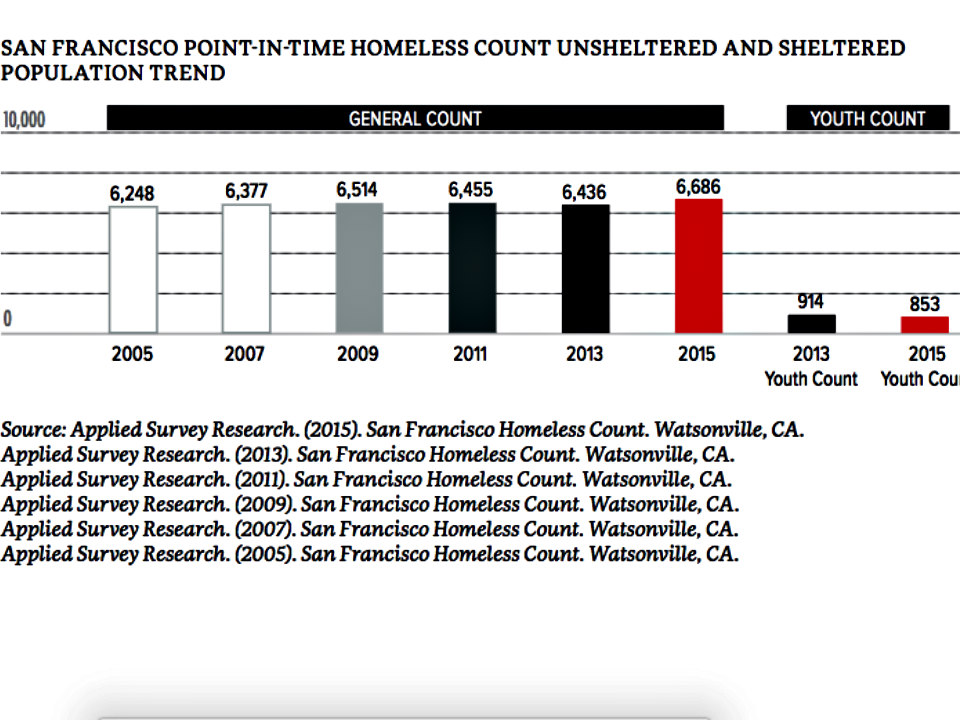
Randy Quezada, the Department of Homelessness and Supportive Housing’s public information officer, elaborated for us. “It’s an imperfect system. It’s not a person-by-person enumeration: it’s an estimate,” he said.
“There’s lots of things that we do to try to make it as accurate as possible, and one of those things is to do it the same way each year,” said Quezada. “We don’t change the methodology because then that messes with the apples to apples comparison.”
According to Quezada, the city would like to make the biennial count an annual account, and is already planning a similar point-in-time enumeration for 2018.
“We are striving to create as many opportunities to gather data as possible,” said Quezada.
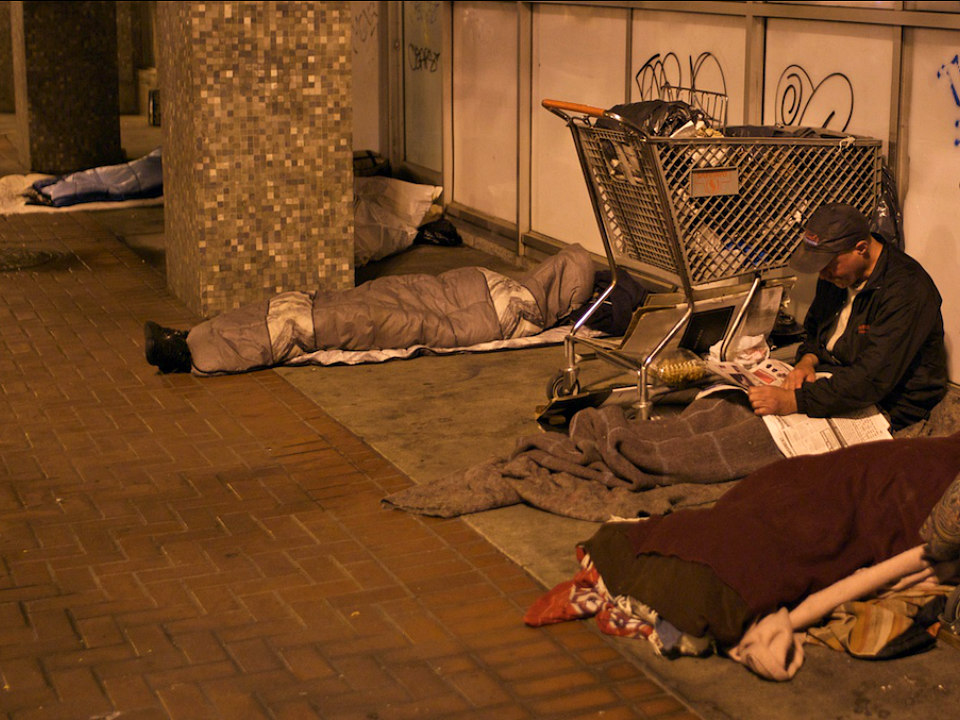
What’s Particularly Limiting About A Point-In-Time Count?
Peter Connery is the vice president of Applied Survey Research, the nonprofit that has worked with the City and County of San Francisco since 2009 to conduct the homeless count and survey.
“The thing about the count,” said Connery, “is that it only estimates who is homeless for a given point in time. It doesn’t represent those who are homeless over a given year.”
According to Connery, based on statistical modeling and information that his research organization has gathered, he thinks that the actual number of homeless persons is somewhere between one and two times the number of observable individuals on any given day.
“Something that is inherent with all point-in-time counts is that there’s an acknowledgment that you’re not going to get everybody,” said Connery.
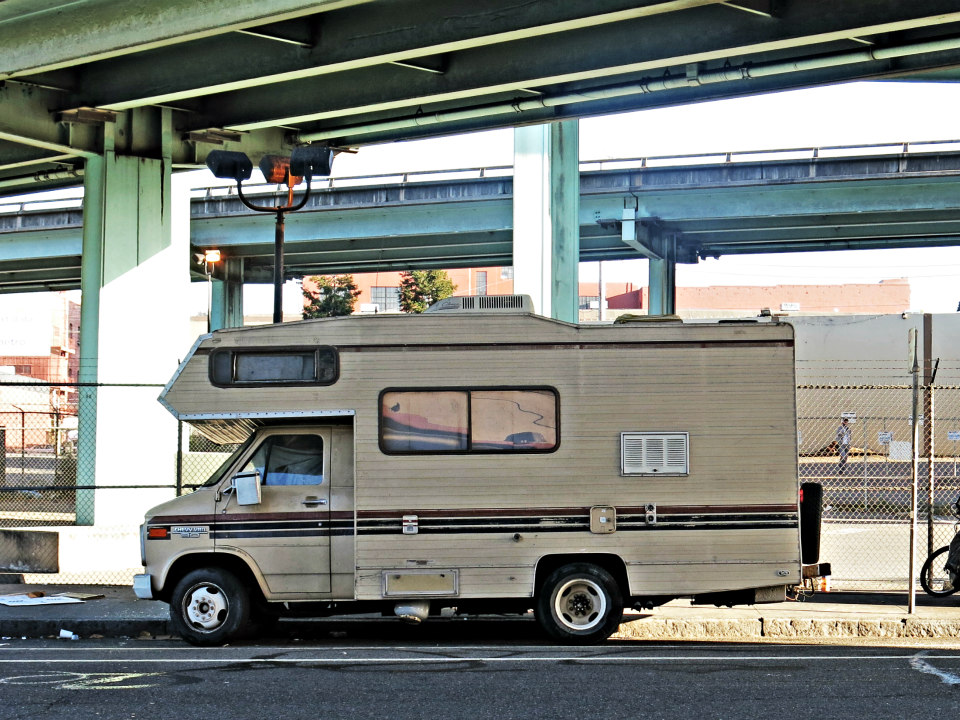
According to the self-identifying “data guy,” one of the main struggles with the count is being able to observe homeless individuals on the streets—the count is meant to be strictly observational, and volunteers are not meant to engage with people in their designated grid.
“The nature of homelessness in San Francisco is that there’s a lot of paranoia about code enforcement, and where you can lay your head down and put your belongings,” said Connery.
“There’s a lot of stealth requirements that are developed, and that makes observation a challenge.”

There’s also the fact that some people are unhoused, but don’t sleep on the streets or in a shelter bed.
“You have people sleeping on their friends’ couches or in their garages on private property, which is not accessible to us,” said Connery.
He also said that some people will pool their money to share a motel room for the night. “By definition, those people aren’t considered homeless because we can’t count them,” said Connery.
There are, however, unhoused individuals out in the open who are still missed in the Point-In-Time count.
“You have people in places where we can’t access during the count,” said Connery, “like in the bowels of city infrastructure or deep within the parks.”
“We talk with our volunteers about safety before the count, and we don’t want them going Rambo on an abandoned building or anything like that.”
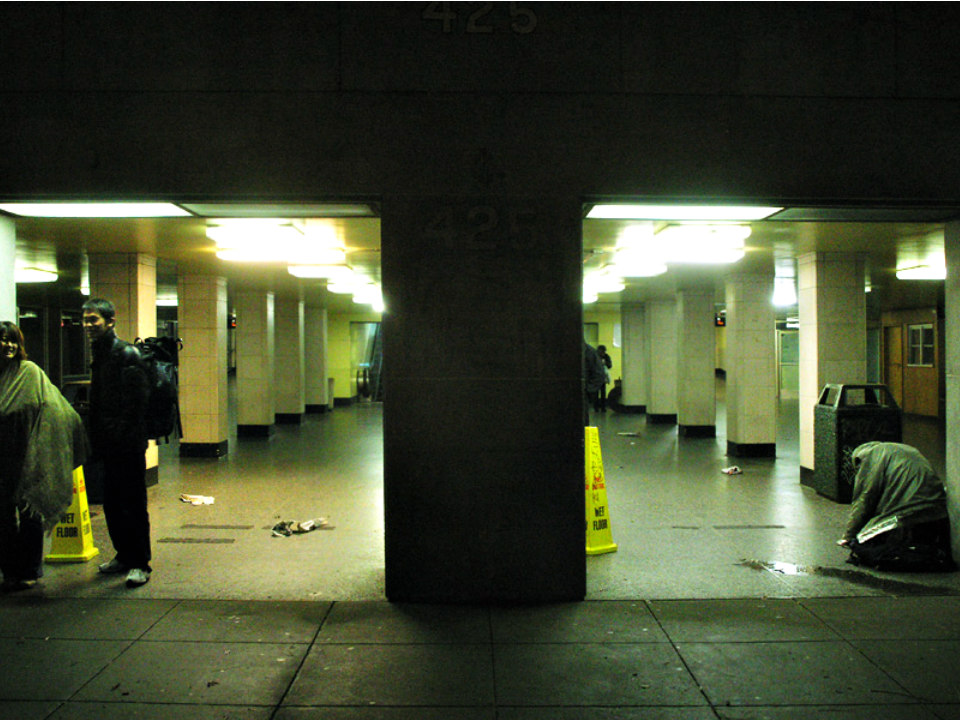
The Power Of A Peer Count
On the same night as 2017’s Point-In-Time Count, a separate Youth Count will occur around San Francisco, which will aim to enumerate homeless individuals under the age of 25.
Before 2013, it was challenging for volunteers to identify the ages of these youth—estimated to be approximately one fifth of the total homeless population—based on appearance alone.
“It’s almost impossible to differentiate between a 24- and 26-year-old on the street,” said Bolland, the eagle-eyed counter from Larkin Street. “The population that’s been homeless for a while appears older, so often someone who is 21 will get miscounted because they look 29, but they’re not.”
The supplemental count is focused on areas in the city where homeless youth are known to congregate, and the count is now conducted by homeless youth rather than volunteers.
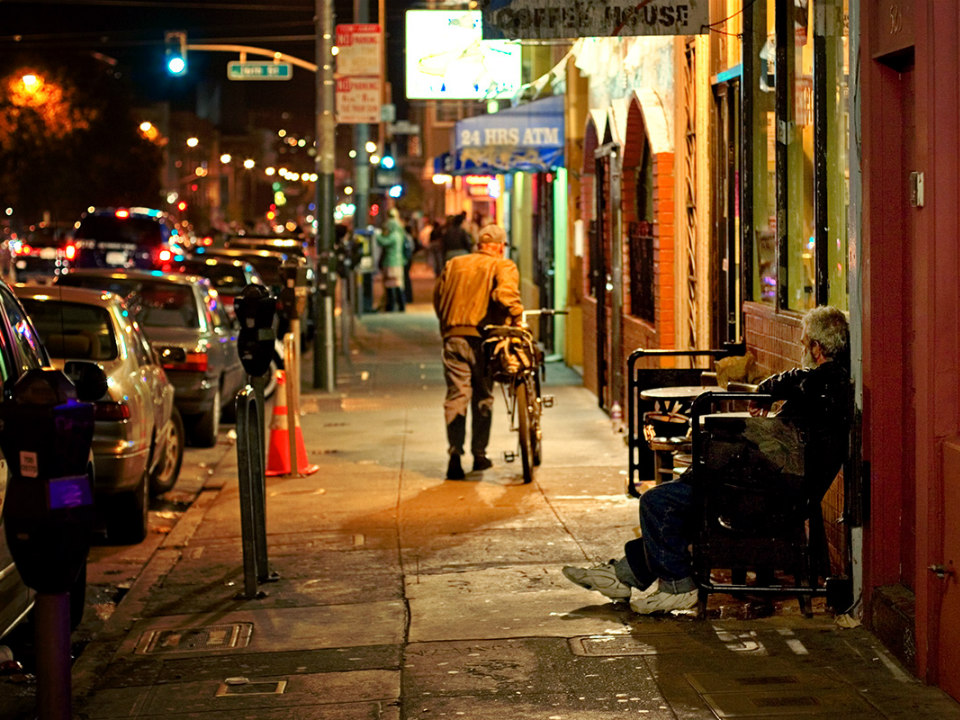
Connery likes the idea of having homeless individuals helping to count their peers, and this one change is being credited with improving the data's accuracy.
“A peer count might be especially beneficial for enumerating the number of people living in vehicles, which are always a challenge,” said Connery. “Integrating the use of peer guides in the street counts and in some of the park areas could be really beneficial.”
Even with a number of areas of improvement in mind, the January 26th Point-In-Time Count will be identical to past years’ efforts.
“It’s a pretty accurate count,” assured Connery. “We’re not chasing a number when we go out there. We’re really focused on applying a consistent method as much as we can.”
Interested in participating in the Point-In-Time homeless count as a volunteer? You have until Friday, January 20th to register online. For questions about registration, contact Applied Survey Research’s Connie Chu at (408) 247-8319.

